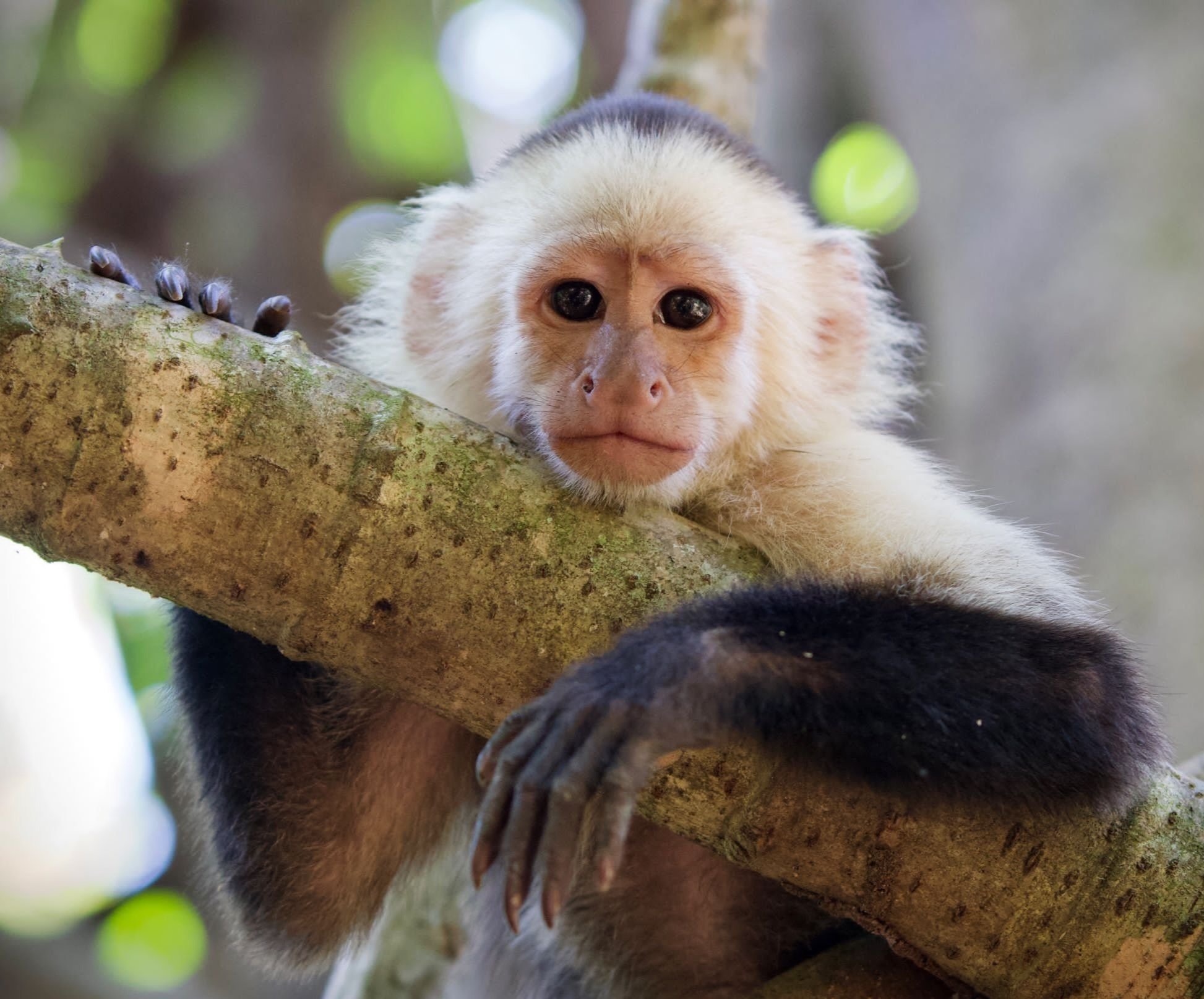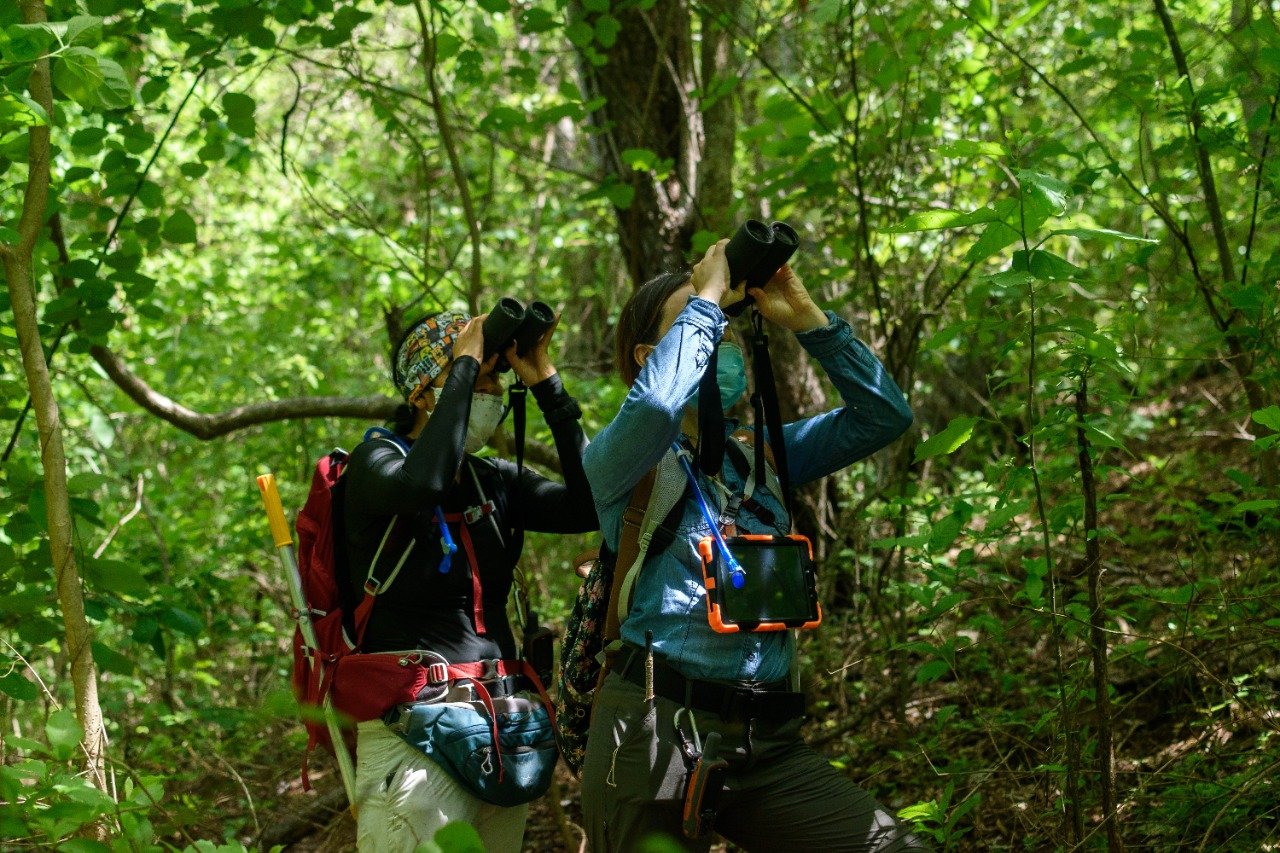
Santa Rosa Primate Conservation Fund
Expanding knowledge, education, and conservation of wild primates in the endangered tropical dry forests of the Área de Conservación Guanacaste, Costa Rica
Located in a Mesoamerican Biodiversity Hotspot and UNESCO World Heritage Site
The Área de Conservación Guanacaste (ACG) harbors an outstanding 2.6% of terrestrial global biodiversity and stands as the largest tract of critically endangered tropical dry forest in the world–connecting coastal forests to dry forests, rainforests, and cloud forests.
Our project is based in the Santa Rosa Sector of the ACG. This sector offers a unique setting for study due to its status as a regenerating, secondary growth, tropical dry forest. This has provided us a rare opportunity to track effects of forest protection, forest regeneration, and climate change on three species of primate residing in the ACG.
Our Mission
-

Scientific Discovery and Collaboration
Our goal is to advance knowledge on the behavior, ecology, demography, and life history of three primate species: capuchins (Cebus imitator), spider monkeys (Ateles geoffroyi) and howler monkeys (Alouatta palliata).
Current research projects span the topics of Olfactory Communication, Sensory and Foraging Ecology, Effects of Forest Protection and Regeneration, Plasticity and Adaptation in the Gut Microbiome, and Male and Female Reproductive Strategies and Life-History Patterns.
-
Conservation, Education, and Outreach
Understanding the value of species and their habitats is central to their conservation. At the Santa Rosa Primate Conservation Fund, we are committed to teaching and sharing our knowledge and research on the importance of primates and the tropical dry forest through publications, presentations, workshops, and outreach events in Costa Rica, at the our co-directors’ universities in the United States and Canada, and to interested audiences throughout the world.
-

Local Training and Capacity Building
The Santa Rosa Primate Project is committed to the values of equity, diversity, and inclusion and to the advanced training of local team members from primate habitat countries.
Through an internship program run by our project co-directors and faculty at the Universidad Nacional de Costa Rica, we provide training opportunities to local Costa Rican post-secondary students in field primatology methods and experimental laboratory techniques.
Keywords: Santa Rosa Primates, Santa Rosa Primate Project, White-faced Capuchins, Cebus imitator, Capuchin Project, Capuchin Research, Capuchin Conservation, Geoffroy's Spider Monkeys, Black-handed Spider Monkeys, Ateles geoffroyi, Mantled Howler Monkeys, Alouatta palliata, Primate Conservation, Santa Rosa National Park, Santa Rosa Sector of the Guanacaste Conservation Area, Costa Rica
Frases Claves: Santa Rosa Proyecto de Primates, Monos Carablancas, Cebus imitator, Proyecto Capuchinos, Investigaciónes de los Capuchinos, Conservación de Capuchinos, Monos Arañas de Geoffroy, Monos Arañas de Manos Negras, Ateles geoffroyi, Monos congos, Monos aulladores, Alouatta palliata, Conservación de Primates, Sector Santa Rosa, Área de Conservación Guanacaste, Costa Rica

